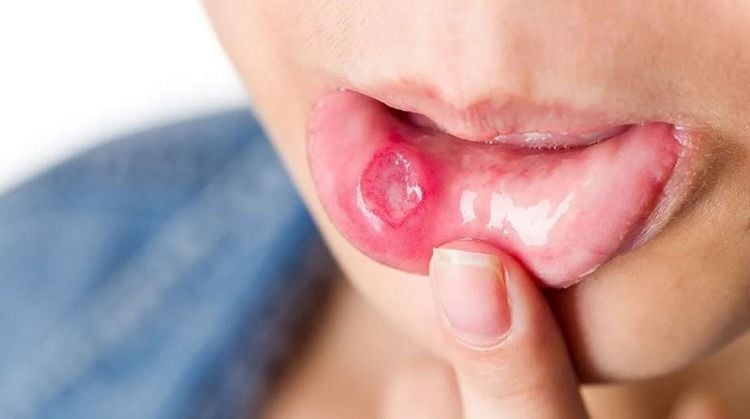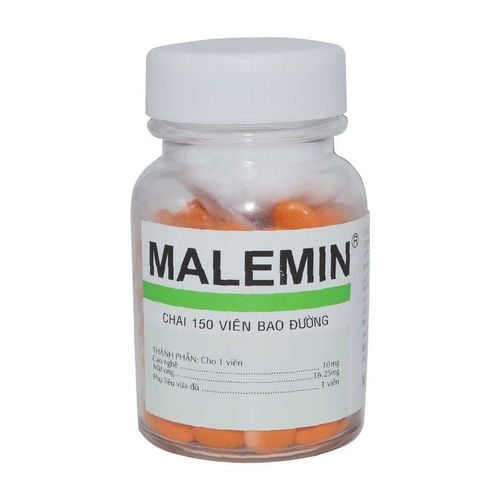This is an automatically translated article.
Honey is increasingly used around the world with great uses as a natural sweetener, anti-inflammatory, antioxidant and antibacterial agent.
1. Things to know about honey
Honey is a sweet liquid made by bees using nectar from flowers, there are about 320 types of honey that vary in color, smell and taste.
Honey contains mainly sugar, as well as a mixture of amino acids, vitamins, minerals, iron, zinc and antioxidants. It is commonly used as a sweetener in foods as well as used as a medicine.
Honey can be contaminated with germs from plants, bees and dust during production, collection and processing. Fortunately, the inherent properties of honey prevent this germ from living or reproducing.
However, some bacteria that reproduce by spores, such as those that cause botulism, can still multiply and grow. This explains why honey can cause infant botulism.
Honey is used for cough, diabetes, high cholesterol, asthma and fever. It is also used to treat diarrhea, mouth ulcers during cancer treatment, and stomach ulcers caused by infection with the bacteria Helicobacter pylori (H. pylori). Honey also provides a good source of energy during exercise or in malnourished people. Drinking diluted honey helps relieve pain and heal wounds after tonsillectomy.
2. Uses of honey
With its superior properties, honey has many uses in production and food. In foods, honey is used as a natural sweetener. In manufacturing, honey is used as a flavoring and moisturizer in soaps and cosmetics. Some common uses for honey are:
Cough: Eucalyptus honey, labiatae honey can act as a reliable cough suppressant for some people with upper respiratory tract infections and coughs. acute night. Taking a small amount of honey at bedtime has been shown to reduce the number of coughs in children 2 years of age and older. In addition, drinking water containing small amounts of honey reduced the frequency of coughs in adults whose cough persisted after they became ill.
Diabetic foot ulcers: Most research shows that applying a bandage containing honey to diabetic foot ulcers seems to decrease healing time and prevent the need for antibiotics. But not all studies agree.
Relieves dry eyes: Applying honey eye drops or a special eye gel to the eyes (Optimel Manuka plus eye drops or Optimel Antibacterial Eye Gel) helps to make the eyes less dry. These products can be used in conjunction with regular dry eye treatments such as lubricating drops and warm washcloths over the eyes.
Mouth ulcers caused by radiation or chemotherapy (mucositis): For patients requiring radiation therapy, mouth ulcers are one of the common symptoms. Drinking honey before and after radiation therapy sessions reduces the risk of developing mouth ulcers. In addition, applying honey to mouth sores or drinking honey can also help heal mouth ulcers caused by chemotherapy.

Mật ong giúp trị loét miệng do bức xạ hoặc điều trị hóa học
Wound healing: Using honey preparations directly on the wound or using a bandage containing honey significantly improves wound healing such as: postoperative wounds, chronic foot ulcers, abscesses, burns, scratches, where to get skin for grafting. Honey also works to reduce odors and pus, help clean wounds, reduce infection, reduce pain and reduce wound healing time. Honey is generally safe in adults and children older than 1 year. It can be helpful in treating burns, coughs, and possibly other conditions.
Cardiovascular disease : The antioxidants in honey work to reduce the risk of heart disease .
Improve neurological conditions: Studies show that honey can provide anti-depressant, anti-convulsant and anti-anxiety benefits. At the same time, honey also helps prevent memory disorders.
Honey has antibacterial effects : In the lab, honey has been shown to hinder the growth of food-borne pathogens such as E. coli and salmonella, and to fight some bacteria, including Staphylococcus aureus and Pseudomonas aeruginosa. The darker the honey, the better its antibacterial and antioxidant properties.
3. Instructions for using honey properly
Honey is only safe for adults and children one year of age and older. Never give honey to children under 1 year of age, especially infants, as it can cause a rare but serious gastrointestinal condition (infant poisoning) from contact with the spores. Clostridium botulinum. Spores of botulism bacteria found in dust and soil can get into honey, without babies having a developed immune system to fight infection. Besides, bacteria from the spores can grow and multiply in the baby's intestines, creating dangerous toxins

Mật ong cần được sử dụng mật ong đúng cách, tránh lạm dụng mật ong gây ảnh hưởng xấu đến sức khỏe người dùng
But parents can give their children cereal containing honey, because this is a cooked product.
Some people who are sensitive or allergic to specific ingredients in honey, especially bee pollen, should also not use honey. Allergy to bee pollen can cause serious and sometimes fatal reactions in the body. Signs and symptoms of a reaction include: wheezing and other asthma symptoms, dizziness, nausea, vomiting, sweating, fainting, irregular heartbeat,...
Honey Rhododendrons contain toxins that can cause heart problems, low blood pressure, and chest pain.
For pregnant and lactating women: it is completely possible to use products from honey, however, should not use too much.
In diabetics, it is necessary to limit the use of large amounts of honey because it can increase blood sugar in people with type 2 diabetes. Even if honey is natural, it is no better than regular white or brown sugar for dieters or people with diabetes. In fact, one tablespoon of honey has more carbohydrates and calories than white or brown sugar.
Please dial HOTLINE for more information or register for an appointment HERE. Download MyVinmec app to make appointments faster and to manage your bookings easily.
References: Mayoclinic.org and Webmd.com












